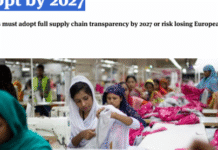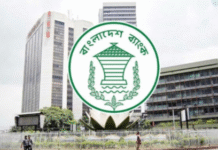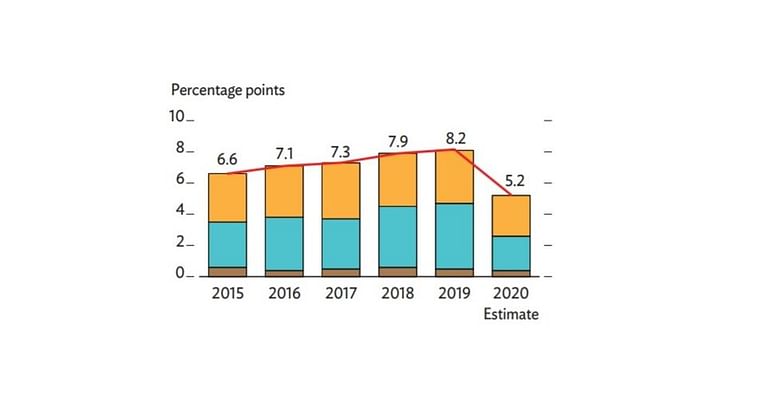
Bangladesh has shown enviable progress in terms of Gross Domestic Product (GDP) growth rate in the last decade. The country is one of the few that has been registering high GDP growth rate. It has achieved over five per cent GDP growth when many other countries have reported negative growth rate due to the coronavirus pandemic.
The people in a country are supposed be happy when its economy is in a good shape. But that is not happening in case of Bangladesh. Despite the high growth rate, the people in Bangladesh are not doing that well compared to the other Asian countries.
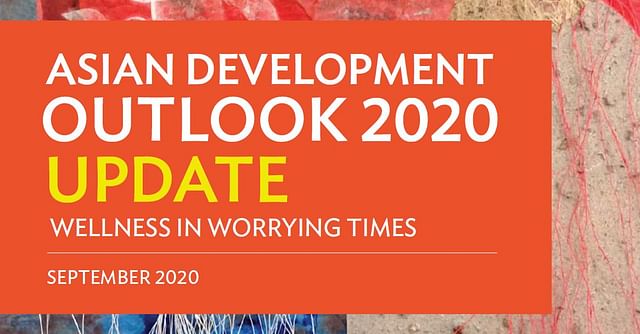
According to the Asian Development Bank (ADB), Bangladesh ranks 26th out of 30 developing countries of Asia in the wellness index. ADB also projected that Bangladesh would register 6.8 per cent GDP growth rate in the current 2020-21 fiscal which would be the fourth highest just after China, India and Maldives. However, this high GDP growth rate is not being able to make people happier.
Income does not alone determine wellness. There should be mental and physical wellness. But around 85 per cent people of the country work in informal sectors. The chance of getting mental satisfaction is less in these sectors while physical strain is much.
Speaking to Prothom Alo, economist Zahid Hussain points out two factors for poor well being record in spite of achieving a high GDP growth. He said, firstly, since 2010, the country has been seeing high income difference alongside GDP growth. It is not being possible for people to stay well as they are getting less benefits of this GDP growth. Secondly, income does not alone determine wellness. There should be mental and physical wellness. But around 85 per cent people of the country work in informal sectors. The chance of getting mental satisfaction is less in these sectors while physical strain is much.
The ADB report said the country that sees higher wellness economy achieves more inclusive growth. According to the ADB report, Bangladesh ranks 26th out of 30 countries. India, Sri Lanka, Myanmar and Afghanistan are behind Bangladesh in the list that has been topped by Taipei, China followed by Singapore.
According to the report, Bangladesh has got 43 points out of 100 in Wellness Index coverage. The report also said the wellness is a big part of the global and regional economy and has a potential role in post-COVID-19 recovery efforts.
The ADO September 2020 projected that Bangladesh could achieve 6.8 per cent GDP growth in current 2020-21 fiscal. The economy would gain strength from the outset of the coming year, it thinks. The ADB also has accepted the 5.2 per cent growth in FY2020 that the preliminary official estimates suggested. However, it said it would be a big challenge if the pandemic situation persists.
The report said, “Assuming prudent macroeconomic management and proper implementation of timely announced stimulus packages to mitigate the impact of COVID-19, GDP growth is expected to pick up, inflation to moderate, and current account deficit to narrow further in FY2021.
“Exports fell by 17.1 per cent in FY2020, reflecting weaker income and trade globally in the first 8 months of the fiscal year, followed by a sharper pandemic-induced trade downturn… Imports declined by 8.6 per cent, notably reflecting sharply reduced imports of capital goods, garment industry inputs, and fertiliser.”
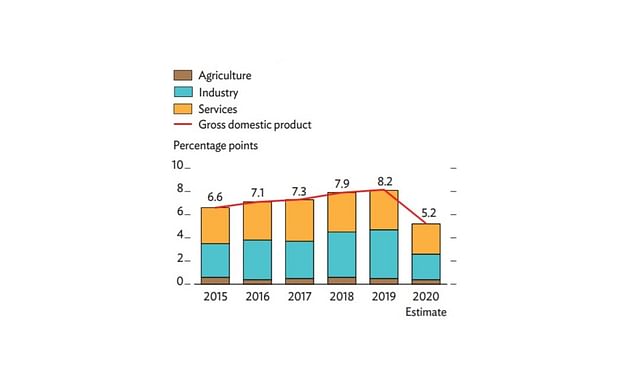
ADB country director to Bangladesh, Manmohan Parkash, in a press release on Tuesday said the economy halted due to COVID-19 pandemic has started its recovery. Despite pressure on facing the health and pandemic situation, appropriate stimulus packages and social safety programmes announced by the government has helped the economy stay on course.

